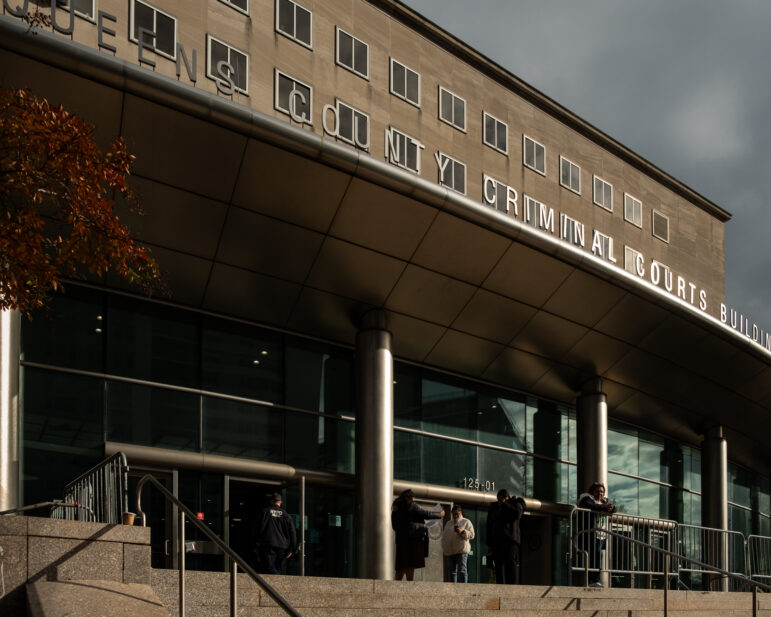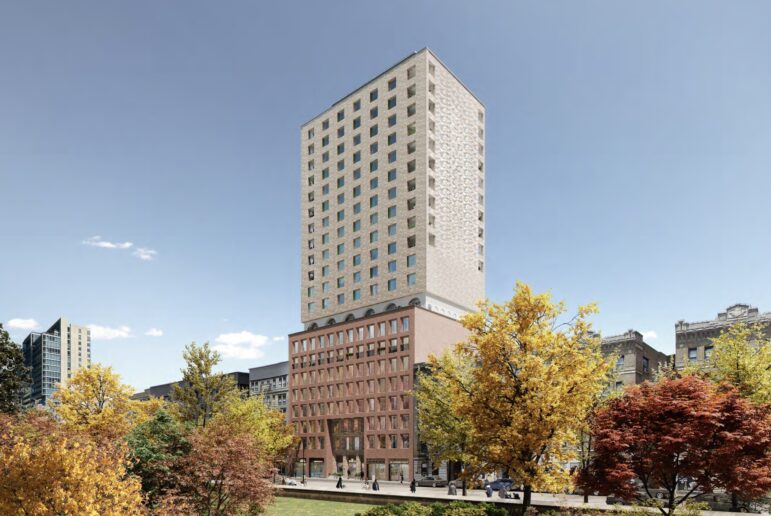On May 23, a coalition of nearly 100 housing groups kicks off a campaign that participants hope will strengthen rent protections and preserve the status of affordable buildings. In this exchange, two leaders of the campaign explain their goals – while the director of a housing group outside the coalition advocates a different approach to a similar end.
The “New York is Our Home” campaign could include the tag line, “And There’s No Room For Anyone Else,” if one follows the logic of the organizing coalition. Ideas to increase the overall housing inventory are missing.
To meet housing needs over the next three decades, three questions should be addressed:
– How can we preserve an aging housing stock?
– How should the affordable housing industry in New York City, arguably the most successful and sophisticated in the country, reshape itself to meet new challenges ahead?
– How will we make room for the nearly one million new New Yorkers who are projected to live here by 2030?
The answer to all three questions cannot simply be more government money. No city has spent more money on housing than New York, and yet we still face an affordable housing shortage. We must think differently about housing preservation, the housing industry, and housing supply.
Preservation: While the sale of Stuyvesant Town captured headlines, we should be clear on our definitions. “Preservation” has two distinct sides: one concerns the preservation of the physical building, which has been done effectively through low-interest loans, tax policies and other assistance to owners. The second aspect is the preservation of affordability, and that should be based on tenants’ incomes.
Subsidies should be directed to the families that actually need support, rather than using public funds to buy buildings whose tenants may not need as much assistance. The city’s Senior Citizens Rent Increase Exemption is a good example of a program that could be expanded to assist a wider group of low- and moderate-income households. Section 8 enhanced rental subsidies could be redesigned to provide assistance to needy tenants who are not in projects that receive federal funding.
Let’s make sure that our scarce subsidies are actually going to the right places.
The housing industry: Our housing industry needs to evolve. Let’s remember what made it a success in the first place: a competitive marketplace with room for new organizations, and small ones, to grow. Most affordable housing throughout our city is built without direct government subsidy. That activity should not be thwarted by growing regulatory burdens that add to the cost of construction, hinder competition and restrict new entrants to the marketplace.
And the industry should come together to develop a strategy to help develop the businesses of newer New Yorkers. First- and second-generation immigrants are woefully underrepresented in both the for-profit and nonprofit development sectors. The lessons of community development should be applied here, encouraging inclusiveness, both as an economic development strategy and to ensure that housing is built that meets different communities’ needs.
And the industry should be at the forefront of new technologies and financing methods, particularly those that encourage energy efficiency.
Increasing the supply of housing: It’s time to design a sustainable regulatory infrastructure that will really meet the housing needs of 21st-century New York. Our definition of “good” housing has not really changed over a century. Regulations were designed that would improve conditions for nuclear families. Over time, the housing stock did improve – but it also became more costly, and meanwhile families became less nuclear.
Today many people cannot afford the standards that we have set – like the 400 square foot minimum size required for a new one-bedroom apartment, or restricting occupancy to no more than three unrelated individuals. As a result, more and more people are living outside the standards altogether. Today’s “tenements” are small homes, over-occupied by working immigrants. The new “SROs” (single-room occupancy hotels) are apartments shared by six or seven unrelated people. It’s not fair that artists who live in illegal space are accepted and regulations permit their legalization, but others living illegally are not accorded this option.
Illegal occupancies should be considered even-handedly, and with the real goal of meeting the needs these occupancies fill. Can’t some changes to existing dwelling units and to regulations be made that improve fire and building safety, and ensure a decent, legal environment, while providing more affordable housing? By creating new kinds of dwelling units we could increase the availability of housing for a wide range of people, from the homeless to young college graduates to immigrant workers, all of whom are coming whether we’re ready or not. If simply keeping a roof over their heads makes people outlaws, perhaps we should rethink what a legal living space looks like, and rewrite the regulations accordingly.
And finally: Some communities must accept increased density that actually expands the entire inventory of housing; government should continue to use its land-use powers to increase the availability of buildable sites for a range of housing options; we must change the way we think about parking – why require it for new construction in Manhattan if we don’t want people to drive?; and we must stop burdening the construction of housing with a dizzying number of other social objectives, such as meeting prevailing wage requirements and inclusionary mandates.
Housing should not be treated like alcohol or tobacco, taxed by the society to discourage use. It is quite the opposite, and incentives should be there to encourage additional housing at all levels, because New York is not just our home, it’s the home of everyone out there who dreams of a better life.
Jerilyn Perine is the executive director of the Citizens Housing and Planning Council, a nonprofit research and policy organization, and served as commissioner of the city’s Department of Housing Preservation and Development from 2000 to 2004.







